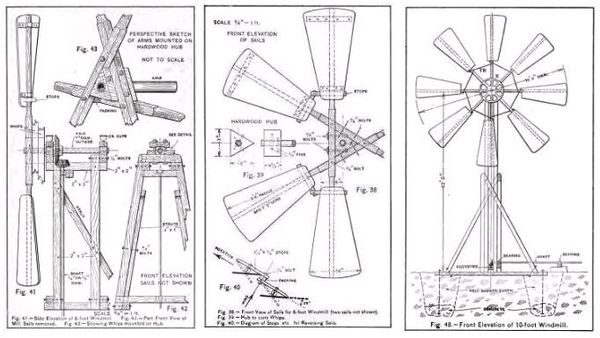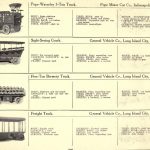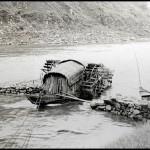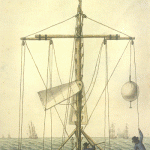“I have endeavoured in the following pages not only to interest the practical amateur in a branch of mechanics unfortunately much neglected, but also to present a series of practical original designs that should prove useful to every reader from the youngest to the most advanced.”
Chapter 1 : windmill evolution
Chapter 2 : a small working model windmill
Chapter 3 : a small American type windmill
Chapter 4 : a small working windmill
Chapter 5 : a practical working windmill
Chapter 6 : production of electricity by wind power
Windmills and wind motors – how to build and run them (1910).
Related:






